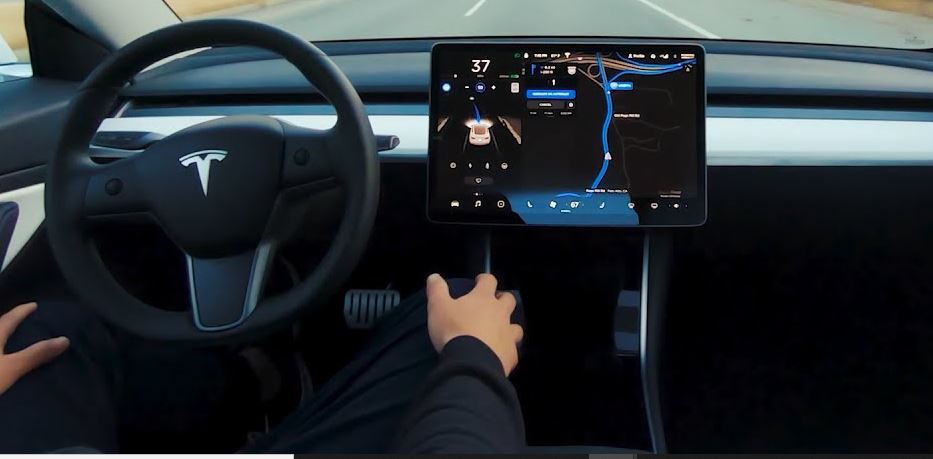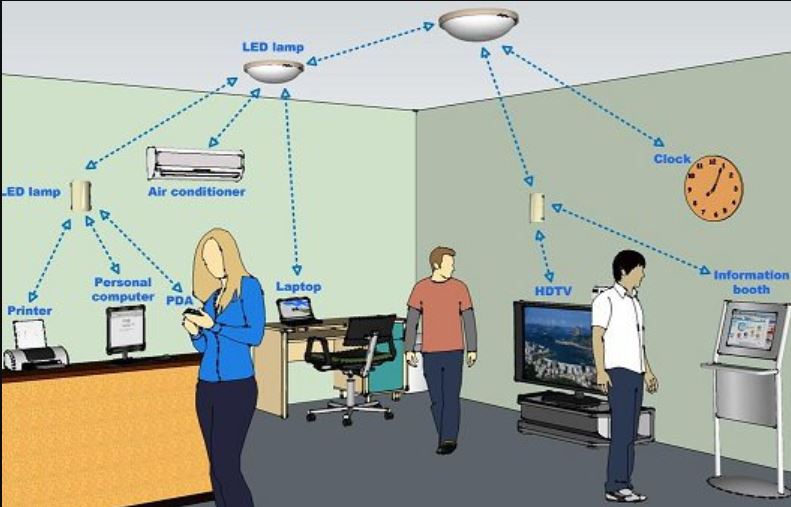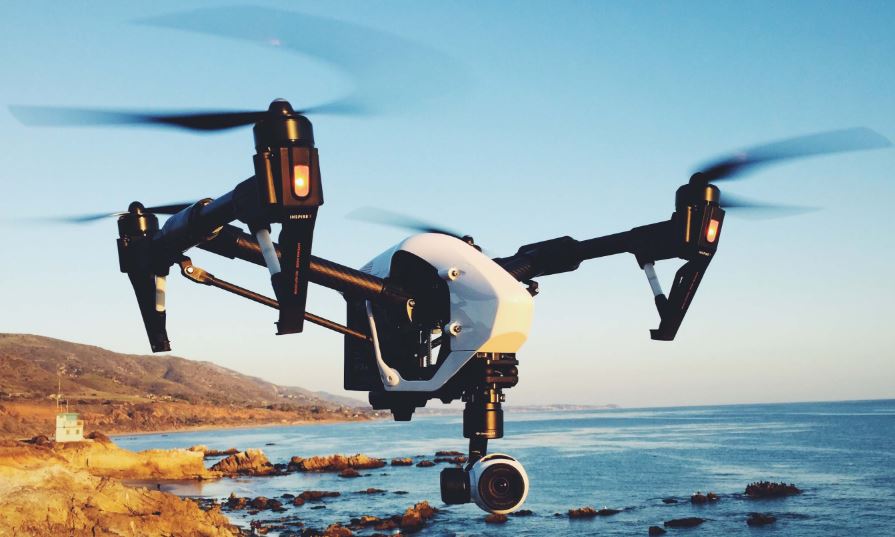Technology is like a baby, whom the scientists nurture, and take care of, to make it walk one step further, every single day. So, in 10 years, technology has walked many steps forward and has created new dimensions. But due to lack of necessity, and a number of other aspects, the technology that is developed today, might take a long time till its ultimate level adoption among common people, or their final availability. In the beginning, the world is dominated by some old form of technology, and when a new technology arrives, it requires certification, and the last thing is, most of them are expensive, which is the biggest bottleneck to its final or commercial adoption among people.
We are just a few days away from the next decade of the millennium and thus, it is the most suitable time to talk about some new technologies that will be adopted by the consumers or for commercial requirements in the coming decade, or after 2020. We will even see new breakthroughs in technology, and depending upon, how useful they are, some other technologies can excite you more than those that I will mention here. Yes, this list is going to be interesting, and you can feel motivated to work hard to get hands-on a few of those technologies in the next decade. But before that, let’s know what are those technologies.
So, without any further delay, let’s get started with the new technologies, we will see faster adoption of, in the coming decade.
Driverless Cars
Trust me, smart driverless cars are already available, but we haven’t seen a faster adoption of them yet. Driverless cars have to go through more improvements and optimizations before they can finally hit the roads by the next decade, maybe! After they are finally ready to hit the roads, they will even have to go through several litmus tests of different countries, which means, it will take at least half a decade before it is ready for final adoption.

Well, did I forget to say, politicians in different countries will also campaign against driverless cars raising the issue of jobs, to get some free votes! Driverless cars will be safer, and with more machine to machine communication, they will be able to communicate among themselves for better and more optimized traffic, making traffic accidents will be a thing of the past. Major automobile companies are already working on making the best driverless cars, and I can just hope, they go mainstream, at least by the end of the coming decade.
Li-Fi
If you are hearing this term for the first time, you can know more about Li-Fi technology, here. But, to be said in simple words, Li-Fi will use visible light, instead of radio waves, used by Wi-Fi networks to transmit signals. The most common 2.4 GHz signal is overcrowded, as most legacy devices too, communicate or operate in this spectrum. Even though 5 GHz is the solution for now, but it has its own set of problems, and once it is overcrowded, we will have to look for new technologies, instead of increasing the frequency like inflating a tire, every time.

Even though Li-Fi is invented in 2011, I am sure, it will be adopted pretty fast as switching to Li-Fi will not break the bank, and will be much less costly than most people will think. Even though Li-Fi suffers from its own drawbacks, but I am sure, it will be free from most common problems before it is finally made available, or is rolled out commercially.
5G
This is kind of obvious. Qualcomm has already designed the chip to support 5G connectivity, and the auction for the 5G spectrum should start by the end of 2020. That said, we can expect faster and low-latency internet, the connection of even more devices to the internet very soon, and we can wait one more year till we can get the better of 5G. 5G services have already been rolled out in most cities across the globe, and thus, there is no doubt, India will be the part of the 5G revolution.

Excited about 5G! This is yet another technology, we will see faster adoption of, and most telecom companies have also started optimizing their networks to cope with the new standard. 5G will open the door for connecting more internet-enable devices, and our dream of getting a smart home, a smart city can be made true with 5G. It is just a matter of time, we will have 5G-enabled mid-range handsets in our pockets, and that too, well before the middle of the third decade.
Drones for several tasks
Drones are nothing new in the world of technology, but they are used more for fun, rather than for some real requirements. Even though drones are also used for electronic surveillance by police, but we can hardly find drones to be used commercially. From delivering food to gadgets, and medicines, drones can be used for everything. We will no longer have to wait for more than 30 minutes to get our food delivered, and yes, the promises by the food delivery services will then be kept without seeing the delivery guys racing on the streets for on-time delivery.

With a swarm of drones, it can also be used for a number of other purposes, and can also help a country’s military to have a watch over the Line of Control. Yes, besides birds, we can even find drones in the sky, in the coming decade, and I don’t think drones blinking like aeroplanes will not look bad in the night sky.
Smart homes
The concept of smart homes is already there, but people are not adapting to this thing mainly because the smart home gadgets cost an arm and a leg, even for the smallest of the things. From a smart bulb to a smart fan, the term ‘SMART’ sell like hotcakes for people who are looking for such a thing. For the most part, the prices of smart home gadgets are the only hindrance people don’t purchase them, and obviously because smart home gadgets require Wi-Fi connectivity to deliver the best performance. But, in the coming decade, just like most other gadgets, I am sure, the prices of the smart gadgets will see a downturn, and people will adapt to them if the old dumb gadget stop working someday.
Besides the individual smart gadgets, there are even some useful gadgets that can turn dumb gadgets smart, and depending upon the gadget you are using, it might just be limited to switching the gadget on or off with your voice, or you can get also more control over the device, with your voice. Within the next decade, smart home gadgets should earn the popularity they deserve, and will eventually make smart homes a possibility rather than a luxury dream.
Smart cities
Talking about India, each city has its own problem, and it even applies to the metropolitans. With smart cities, such problems can be controlled, and even though it will be an engineering challenge, but will really be useful if implemented properly. With the aid of AI, and machine-to-machine communication at its best, the machines can be configured to cope with the problems, and with better weather forecasting, and predictions, precautionary measures could also be taken to reduce the hassles of common people as fast as possible.
With Smart cities, I am not talking about Wi-Fi cities or so. Yes, that is a feature of a smart city, and to build a smart city in the true sense of the term, Wi-Fi connectivity is inevitable to enable the devices to communicate with each other, Wi-Fi in a smart city isn’t everything. It is the need of the hour to build smart cities, and we can see them, in the coming decade, if the concept of smart cities isn’t victimized for political gains.
Wireless electricity
No, I am not talking about wireless charging. I am talking about completely wireless electricity! You can know more about complete wireless electricity here. Wireless electricity will use induction to transmit the power wirelessly, however, it requires more optimizations, so that minimum energy is wasted in transferring power wirelessly. Wireless electricity can be very useful, if rolled out, at least in homes, and I think wireless electricity will become popular at least by the end of the coming decade.
Just in case, it is not by the end of the next decade, the concept of wireless electricity will be popular by the start of 2030. Just imagine life without electrical wires in homes! It will be safer, more convenient to deal with wires that are there for other purposes, and if it is adopted in a large scale, we can even see slimmer battery-less smartphones and gadgets, and if that seems to be too good to be true, we can at least keep our mobiles and laptops charged as long as we are at home or office, wirelessly.
Gesture UI
It is long since we are using touch to control our devices, but it is the need of the hour to find other ways to communicate with our devices. Touch-UI seems to be a great and convenient option when it comes to big screens, but it can be equally problematic to deal with when it comes to wearables and gadgets with very small or no displays at all. With gesture-based UI or communication methods, you can move your hands or fingers in certain patterns to accomplish tasks.
Not only that, with a little improvement, new gestures can also be assigned to carry out tasks that are not already there in the system. So yes, gesture-based UI can see a take-off in the next decade, and Google’s Project Soli is dedicated to this. This will surely come out to be a great solution in dealing with small devices or wearables, and it can also be used to carry out small tasks on bigger gadgets like, switching to next track on our smartphones, or control the volume by rubbing the fingers that simulate rotating a knob.
Programs driven by our commands
We use it today to carry out a few of the most basic tasks on our computers and mobile devices with digital assistants. Cortana, Siri, and the Google Assistant can read the news for us, set a reminder or alarm, tell us jokes, communicate verbally and do similar other small tasks today, but we have to execute steps in tandem to carry out some complex tasks both on your computers or mobile devices. But, when simple things can be carried out with voice commands, with some additional more workarounds, the same can also be implemented to carry out a set of complex tasks.
As we already have the technology, and that, in combination with powerful AI tools can help us carry out complex tasks on our computers or mobile devices to make our everyday work even simpler. Maybe, in the future, we can just say, ‘Hey, add one more column to the table in Microsoft Word’, or we can just say ‘Hey, add the values under the column liabilities, and if the total value exceeds $5,000, mark it red, else green, if it is less than that’. The program will know the steps to carry out what the user wants to do. As we are seeing a glimpse of this technology, this is yet another technology, we will see faster adoption of
Quantum computing
Unless you are living under the rock, you heard about Quantum computing, and trust me, this will create massive breakthroughs in everything including health care, weather forecasting, research and development, defence and security, and everything else you can think of. Quantum computers work on the principle of Quantum mechanics, which eventually works on a completely different principle than that of the computers that we use, literally for everything.
Unlike regular computers, where a bit can hold either ‘0’ or ‘1’, Quantum computers work with Qubits, which can hold both, at the same time. This gives Quantum computers more power to deal with data, however, it is challenging to manipulate the power of Quantum computers to do something useful for us, and that’s the reason, the major technology giants are working to harness the power of Quantum computing. Quantum computers can bring revolutions in how computers will operate, and we can see Quantum computers creating new dimensions by the middle of the next decade. And all I said is already proved by the recent achievement of Google in Quantum Computing.
The new decade is going to be interesting for tech enthusiasts, just like the previous decades were. I wish, more new technologies get adopted by consumers and businesses, and if not that, I just want to see more technologies are unveiled in the coming decade.
So that were the top 10 new technologies that will be adopted in the coming decade. What do you have to say about the list? Feel free to comment on the same below.
Related Posts
What is a juice-jacking attack? How can we be safe from such attacks?
Getting the right dashcam for your needs. All that you need to know
WhatsApp iPad App Gets Major Overhaul, Adds New Communities Feature
Moto G85 5G launched in India but is unlikely to beat VIVO or XIAOMI
Rise of deepfake technology. How is it impacting society?
Smartphone Apps Get Smarter- Meta AI’s Integration Across Popular Platforms